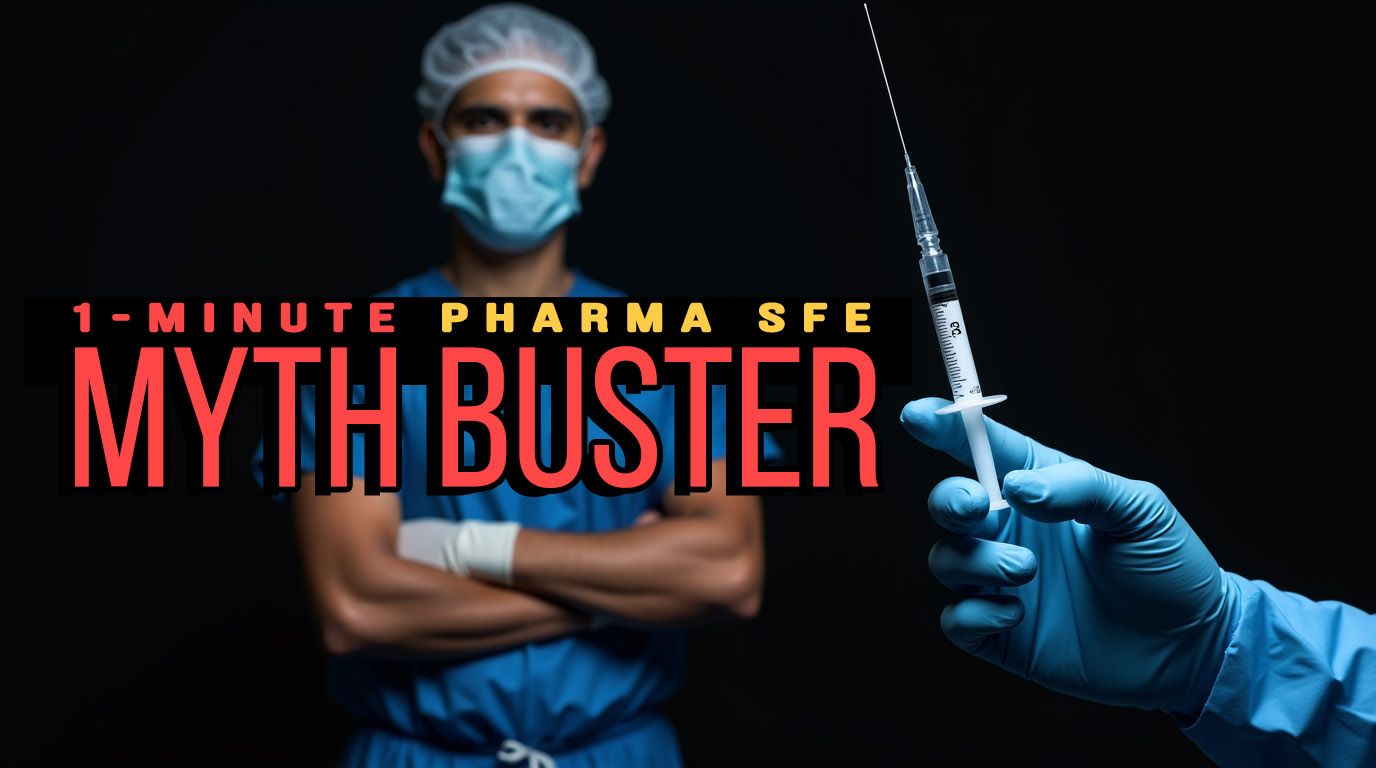Sales Force Optimization Tools – What 3 Boxes Do You Need to Tick?
3 Essential Features Your Sales Force and Marketing Optimization Tool Must Have

It’s no secret: without effective field force deployment and strategic marketing planning, a significant portion of your promotional investment will go to waste. Moreover, critical follow-up initiatives—such as in-call quality and messaging—will suffer greatly. To succeed, you must get the basics right. That’s non-negotiable.
So, what are the three key requirements for your approach? Drawing from years of experience across multiple countries, here’s what you need to know:
1) A Solution That Works “Live” in Front of an Audience
In 95% of cases, after all the data has been collected and loaded into your model, you’ll start your workshop only to hear participants point out that some numbers are already outdated. Sales forecasts, cost of goods, fully loaded rep costs, call capacity—you name it. How does this happen? Despite repeatedly requesting the latest inputs weeks ago, this is simply the reality you must deal with.
If your model can’t handle input changes “on the fly,” you’re in trouble. Ensure your solution can process real-time adjustments reliably, even in front of a live audience, without crashing or failing. Saying, “I need to go back to the office and tweak the inputs,” is not an option. Local managers in a conference room are tough and impatient—for good reason. Be prepared to address their queries and accommodate last-minute changes immediately. If you can’t trust your model 100%, both the project and your personal credibility will be at risk.
2) Consistency Across the Entire Portfolio
Your solution must deliver consistent results across the entire portfolio under analysis. What does this mean? Imagine a senior Cardiovascular Business Unit Head in the room. They’ll know exactly how to “influence” your model or team to produce a favorable outcome—usually meaning a bigger budget.
Next, you meet with a junior Neurology team. They’ll provide truthful answers, leading to more realistic outcomes. In the end, Neurology—with higher profit potential—receives fewer resources, while over-resourced Cardiology gets a recommendation to grow further, often with unprofitable customers. This is a real example from a European project. Without consistency, your project risks being hijacked and biased.
3) Focus on the Right Inputs
In big pharma, there’s an overwhelming amount of data available. Your team doesn’t have the time to collect everything. Instead, focus on gathering the minimum amount of data required to run a robust exercise. Remember, you only need to be 90-95% directionally correct. This will capture nearly all the profit growth available.
Aiming for 100% accuracy is a trap. You’ll spend the next two years debating outdated details, losing momentum in the process. As discussed in our YouTube video on the Flat Maximum Principle, gaining 0.1% more profit often requires 400% more effort. Don’t waste your momentum!
Be directionally correct, not precisely wrong. Data collection should take no more than 3-4 weeks. Beyond that, your project will lose steam, and participants will disengage. Additionally, always validate your inputs before the analysis and optimization presentation. Experience is key here.
To help you get started, we offer free data collection templates on our website, complete with seasoned input descriptions and YouTube tutorials. Use them for your own exercises at no cost. If they help, we’re glad to be of service.



